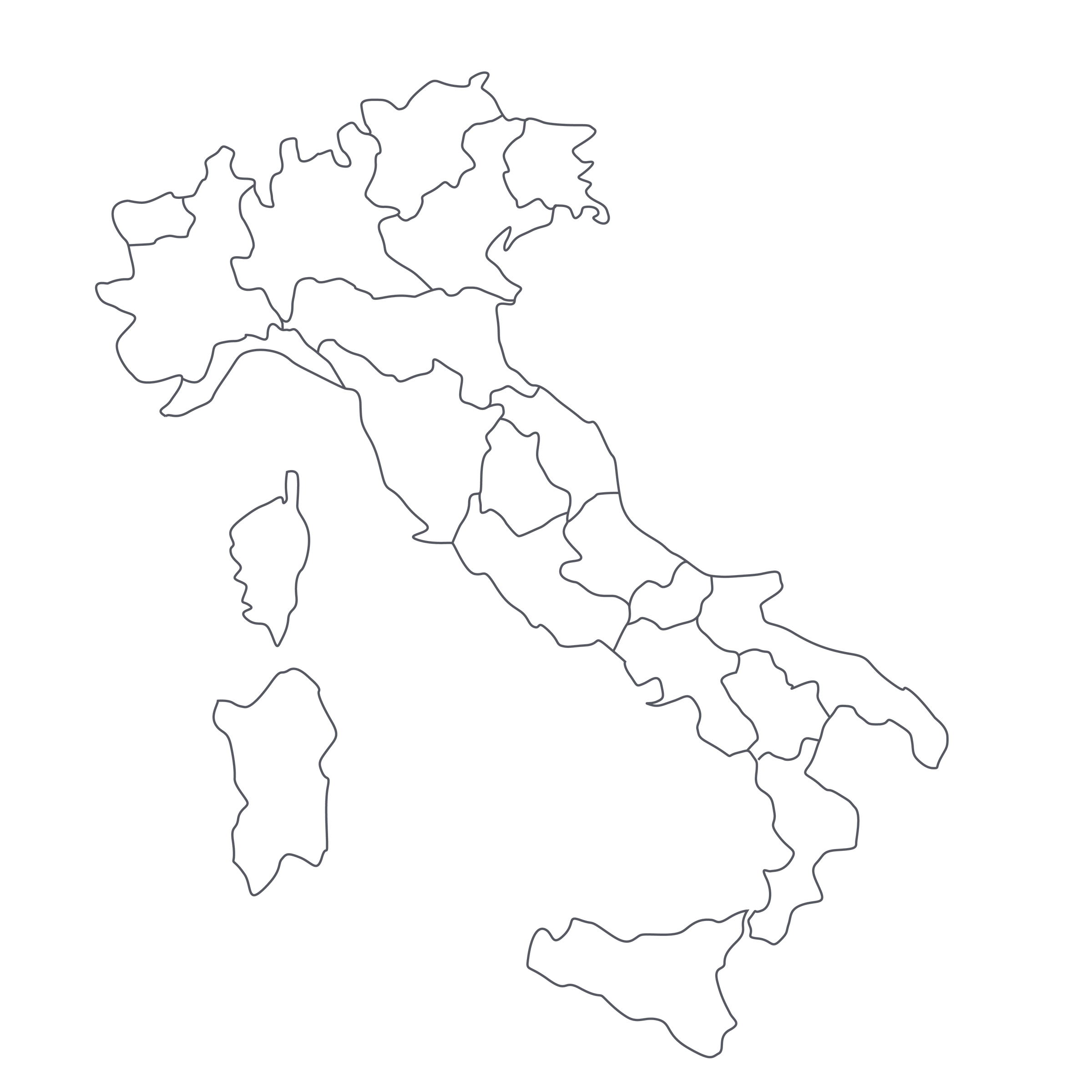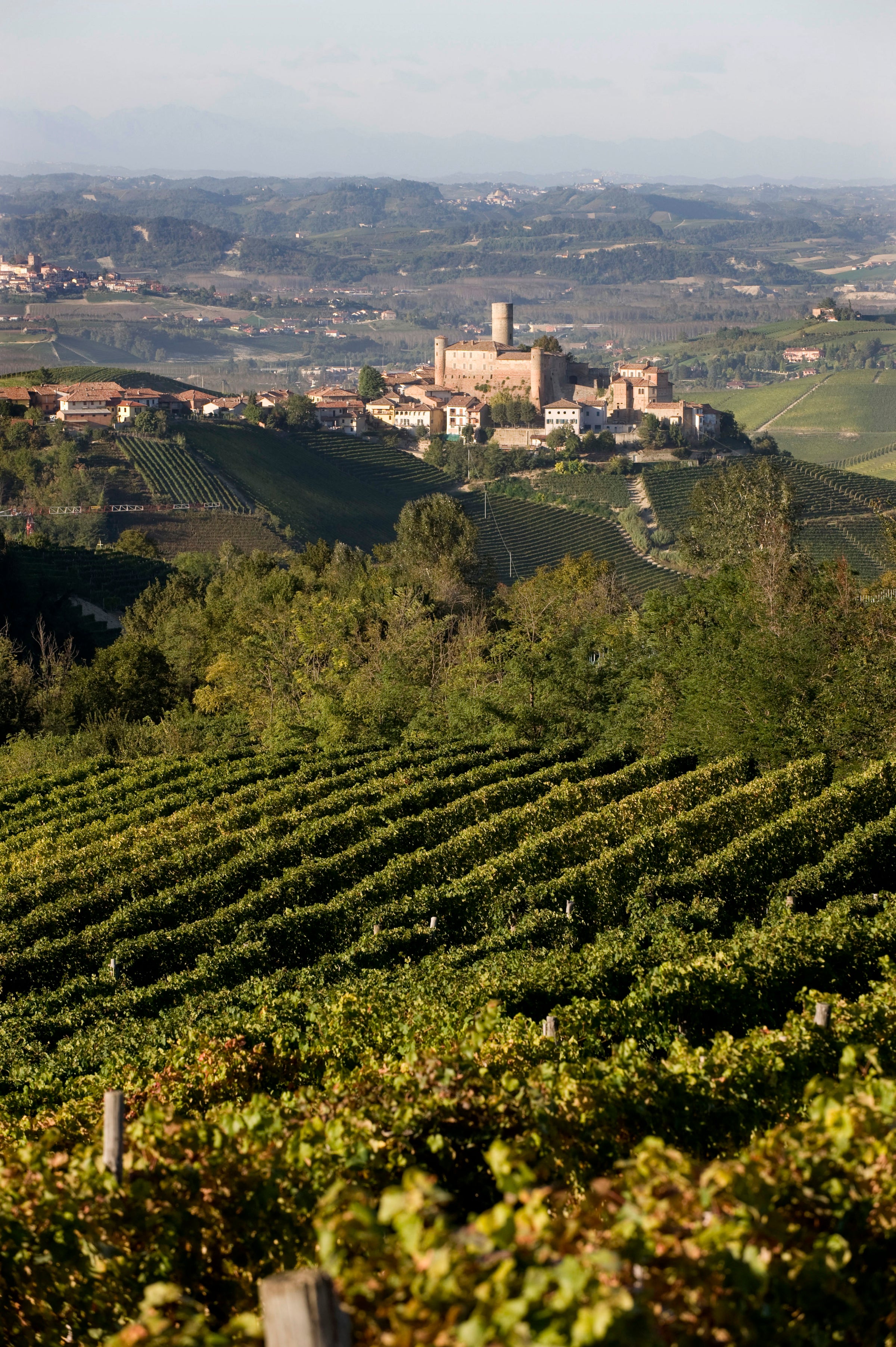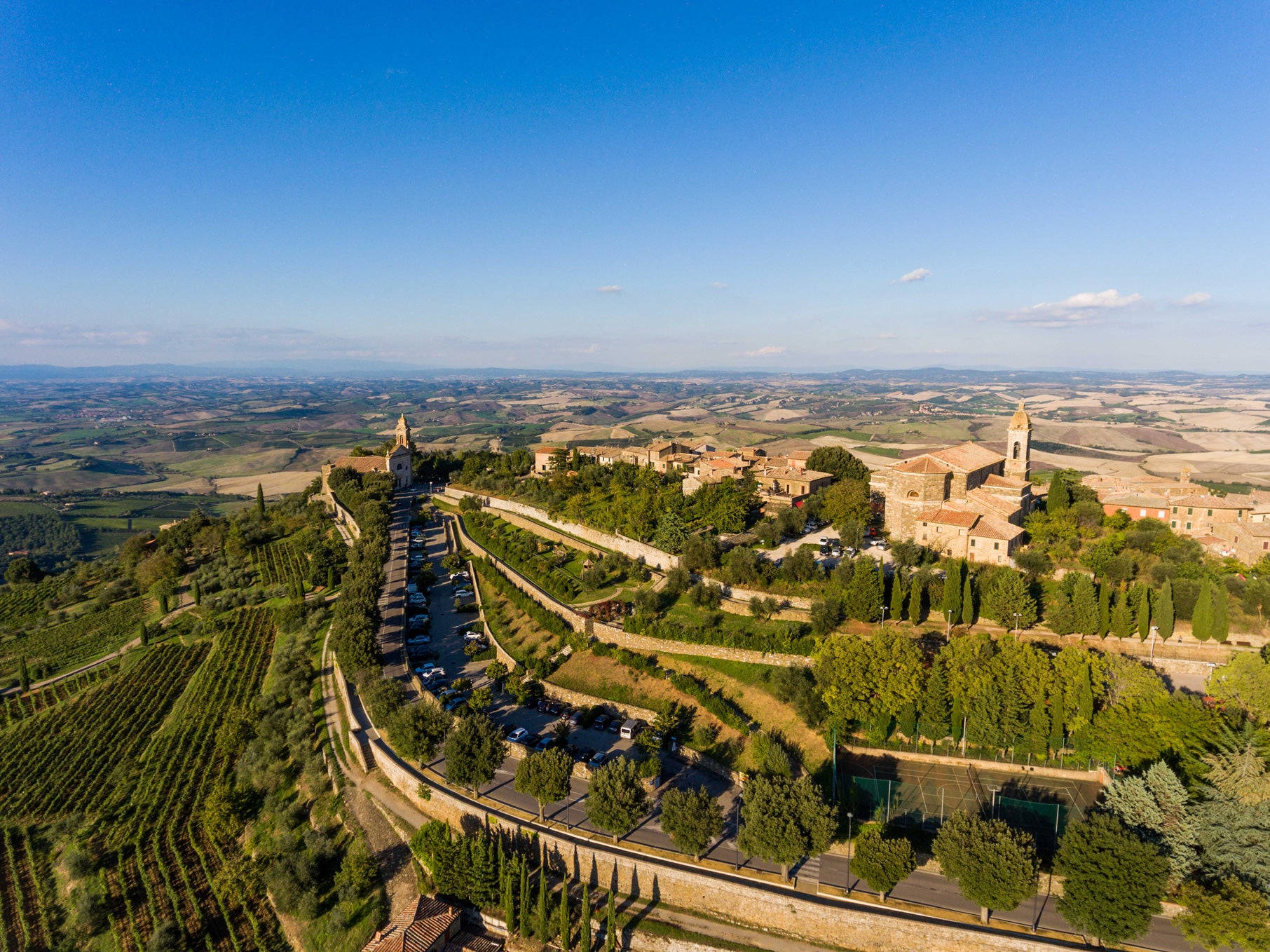Nadia Curto has an incredible amount of accumulated Barolo wisdom to draw on within her own family: Her father, Marco, is a vineyard-whisperer who still does all the pruning of the family’s prized parcels, and her uncle is Barolo eminence Elio Altare, who famously farms his own piece of today’s featured vineyard, “Arborina.”
For those of you who are die-hard Barolo fans, the name Arborina is instantly recognizable. Curto’s is perhaps less so, but what she’s done with this ’16—in a Grand Cru-equivalent vineyard packed with a who’s-who of Barolo producers—should raise her profile considerably. She already enjoys a high profile around here (one of the few places you’ll find her wines at retail), thanks to Barolos that epitomize the personality of the Nebbiolo grape as grown in La Morra: perfumed, lush, expressive, and generally a touch brighter and more “Burgundian” than those from the other key villages in the region. It’s not an exaggeration to call Arborina one of the most important single vineyards in the entirety of Barolo, so it’s important to acknowledge its Grand Cru status when considering the price. Once again, we’ve got an investment-grade red, a true collectible, for well under three figures; with values like this, everyone will be drinking Barolo and nothing else!
Working with just four hectares of family-heirloom vineyards in La Morra, Nadia and family re-affirm what I’ve repeated ad nauseum over the last few years: artisanally made Barolo is still perhaps the greatest ‘fine wine’ value in the world. To me, the only other wines that come close are some of the magnificent and well-priced “grower” Champagnes we offer. At the Curto farm, you’ll still find the eighty-something Marco out in the vineyard with his pruning tools; for most of the estate’s history, he sold fruit to others, but when Nadia came aboard in 2000 (after apprenticing with Elio Altare, among others), she convinced her father to begin estate-bottling.
Taking a page from the Altare playbook (he is her mother’s brother), Nadia chooses to vinify her “Arborina” bottling in a similar style to his, employing a slightly shorter maceration time on skins during fermentation and aging the wine in small oak barriques (her other Barolo, called “La Foia” and also sourced from Arborina, is aged in more-traditional Slavonian oak casks). There is a lushness and accessibility to this 2016 that makes it a pleasure to drink now, but amid the saturated fruit is an obvious structural framework for aging. In fact, I could see this wine “buttoning up” a bit over the next few years before starting to really blossom about 5-7 years from now.
The 2016 vintage produced more “classic” representations of Barolo compared to the ripe and ready ’15s, but as I said, this wine has a lot going on right now, provided you give it 60 minutes or so in a decanter before serving. In the glass, it’s a rich and satisfying garnet red with no real bricking yet in evidence, jumping from the glass with aromas of cherry kirsch, black raspberry, blood orange, red and purple flowers, licorice, underbrush, ground espresso, and sandalwood. The tannins are fine-grained and the freshness keeps the alcohol heat at bay. This is a full-bodied style by La Morra standards, poised to mature gracefully over the next 10-15 years. Serve it at 60 degrees in Burgundy stems with the meaty, creamy, soul-warming pasta preparation attached. This will get you through Winter in high style!






